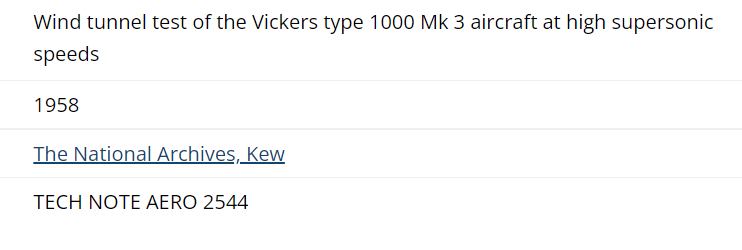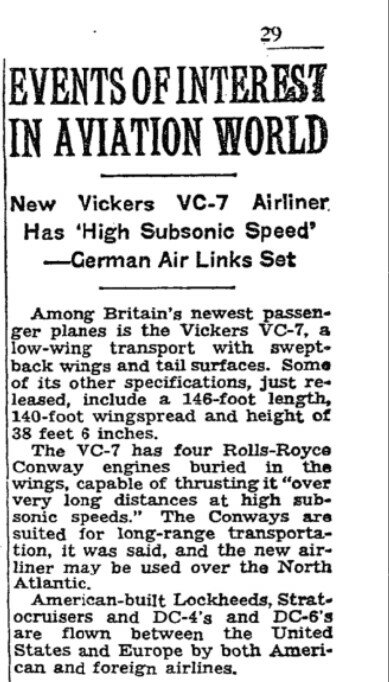- Joined
- 26 May 2011
- Messages
- 2,325
- Reaction score
- 3,485
I have studiously avoided any of the published accounts of V.1000, no disrespect to the various authors, although I did supply drawings for the Hayward article, which I haven't seen. I have however, worked through many of the V.1000/C.132 files from Kew. What struck me was the apparent non-feasibility of the take-off performance, which some wag described as fighter performance from a transport operating from fighter bases.
Attached is an interesting graph that I knocked up from weight figures gleaned from the various correspondence. Note how much heavier the civil version would have been. All that silverware and crockery no doubt.
Chris
Attached is an interesting graph that I knocked up from weight figures gleaned from the various correspondence. Note how much heavier the civil version would have been. All that silverware and crockery no doubt.
Chris



























